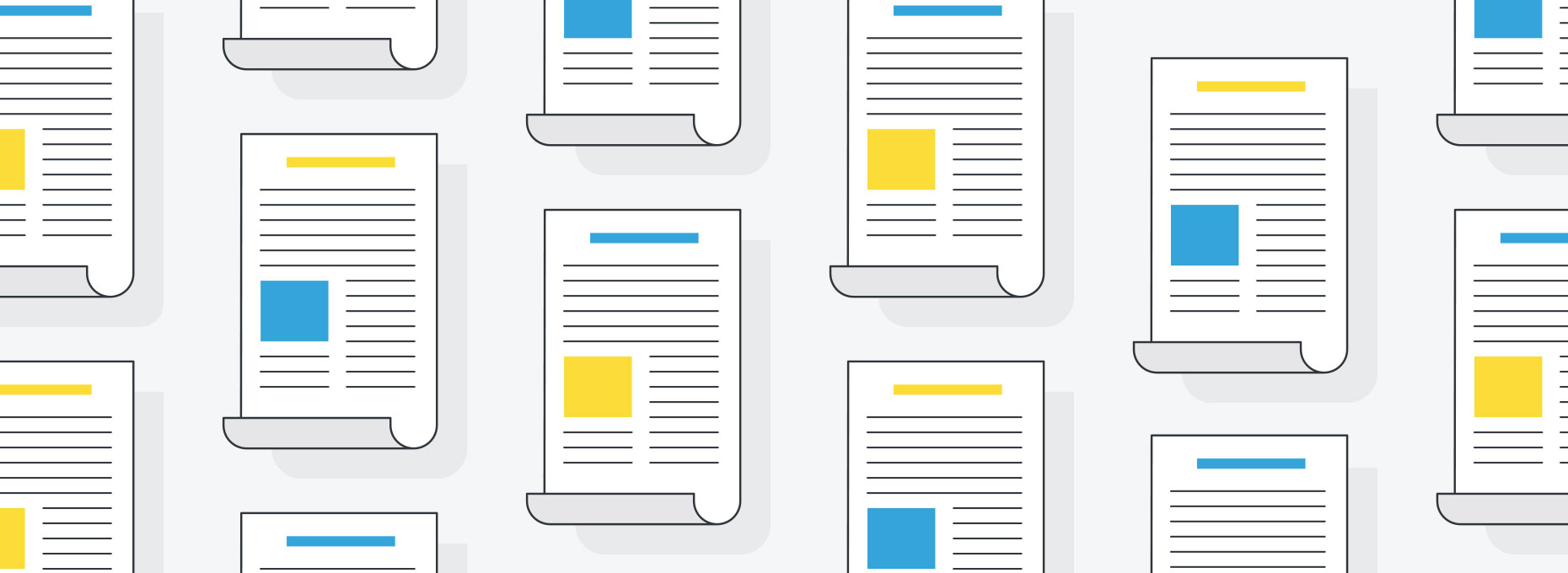“We’re all connected and nobody is in charge.”
–Thomas Friedman
Friedman was describing the global “flat” economy, how money along with goods and resources can and do flow from anywhere to anywhere. But, his phrase is also a good descriptor of how things work – or don’t – in today’s companies.
Everyone hates the “matrix”. Not the movie series, of course, but the cross-functional matrix organization. Yet, having searched for the past 15 years, I have yet to find an organization of any complexity that does not need to achieve its most important outcomes through cross-functional collaboration.
The problem of managing large or medium-sized organizations can be stated simply (though it rarely is): One person – at the top of a pyramid – can’t tell 1000 (or 100 or 10,000) people what to do when. Yet, equally true, no organization can simply let those 1000 people do what they want when they want. From that simple conundrum comes virtually all complex organization and management theory. Beginning with our friend Fayol from last week’s column.
The shift from an “authority-based” to a “responsibility-based” (characterized by what I often call “pull-based authority”) organization is a key underlying dynamic of the lean organization that can resolve that conundrum. The fact of organizations being cross-functional in operation while being functional in structure results in a matrix which typically leaves ownership unclear, decision-making stymied, and everyone frustrated. Leadership and the management system need to facilitate a shift from debate about who owns what (authority) to a dialogue around what is the right thing to do.
That’s why Toyota managers would avoid relying on their authority to instruct others, striving whenever possible to lead by influence and example rather than simple command. As one of my bosses in Japan told me, “Avoid telling your staff exactly what to do. Whenever you do that, you take responsibility away from them.” However, while good Toyota managers would rarely tell their people exactly what to do, it is equally true that they would never say, “I don’t care how you do it.” We see this all the time: “You are empowered. You are ‘empowered’, but you’re on your own. If you are successful, good for you – your bonus will reflect it. If you are not successful – your lack of a bonus will reflect that, too.” Contrast that with the lean manager who says, “I care deeply to hear what you want to do, and how you want to do it.” Avoidance of command and control does not have to mean laissez-faire abandonment.
We are all connected. We lament that no one is in charge and we know that simple command & control doesn’t work. The best illustration I know to resolve this dilemma is found in the example of the Toyota Chief Engineer. But, here’s an example from another world that may surprise you. To quote from the U.S. Marine Leadership manual: “An individual’s responsibility for leadership is not dependent on authority.” Yes, we are connected and for the most part no one is in charge, even though there are many giving orders. We can shift this if we clarify responsibilities and take leadership to fulfill them creating our own authority as needed.
js
John Shook
Senior Advisor
Lean Enterprise Institute






